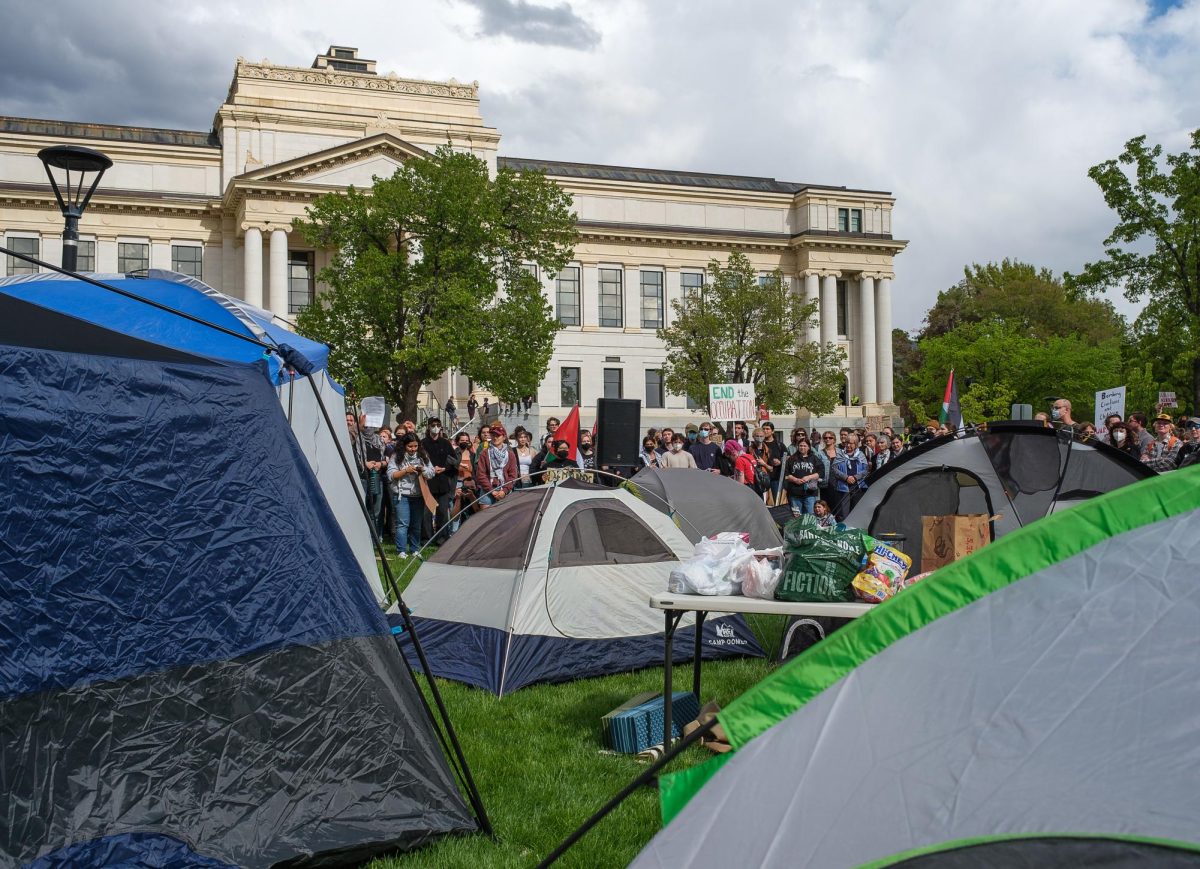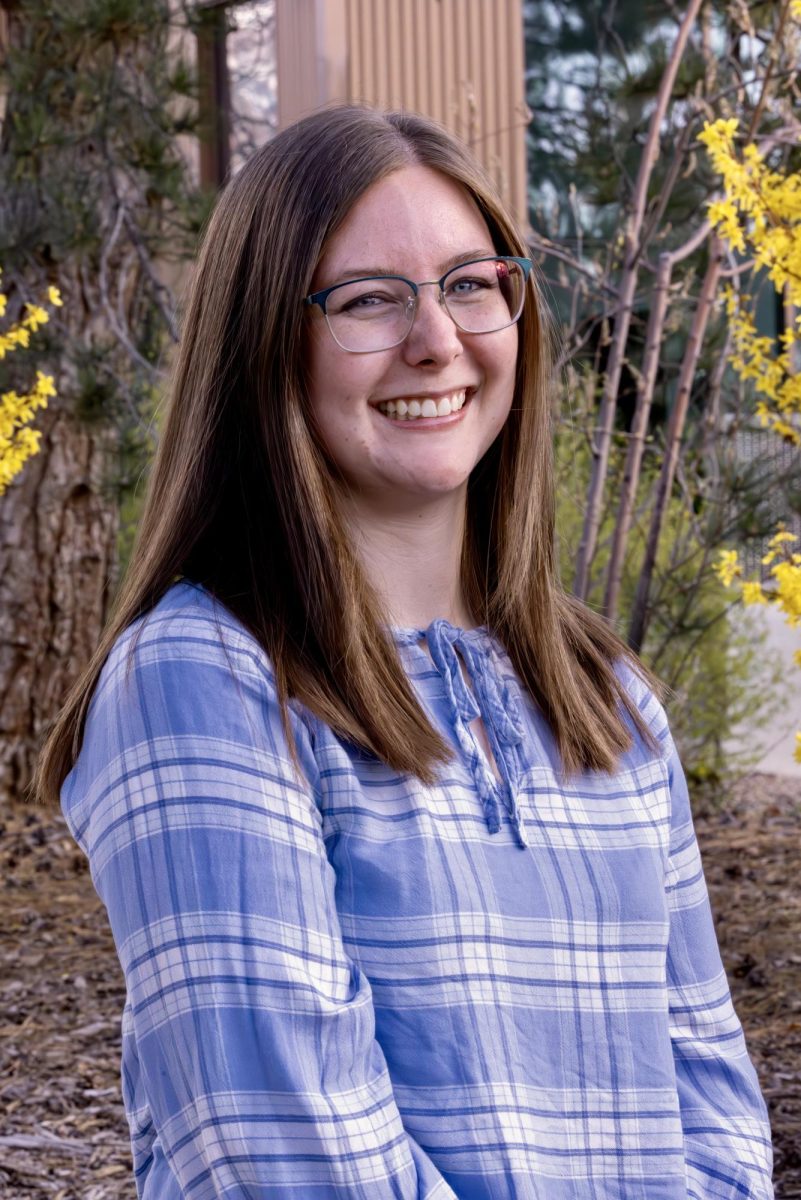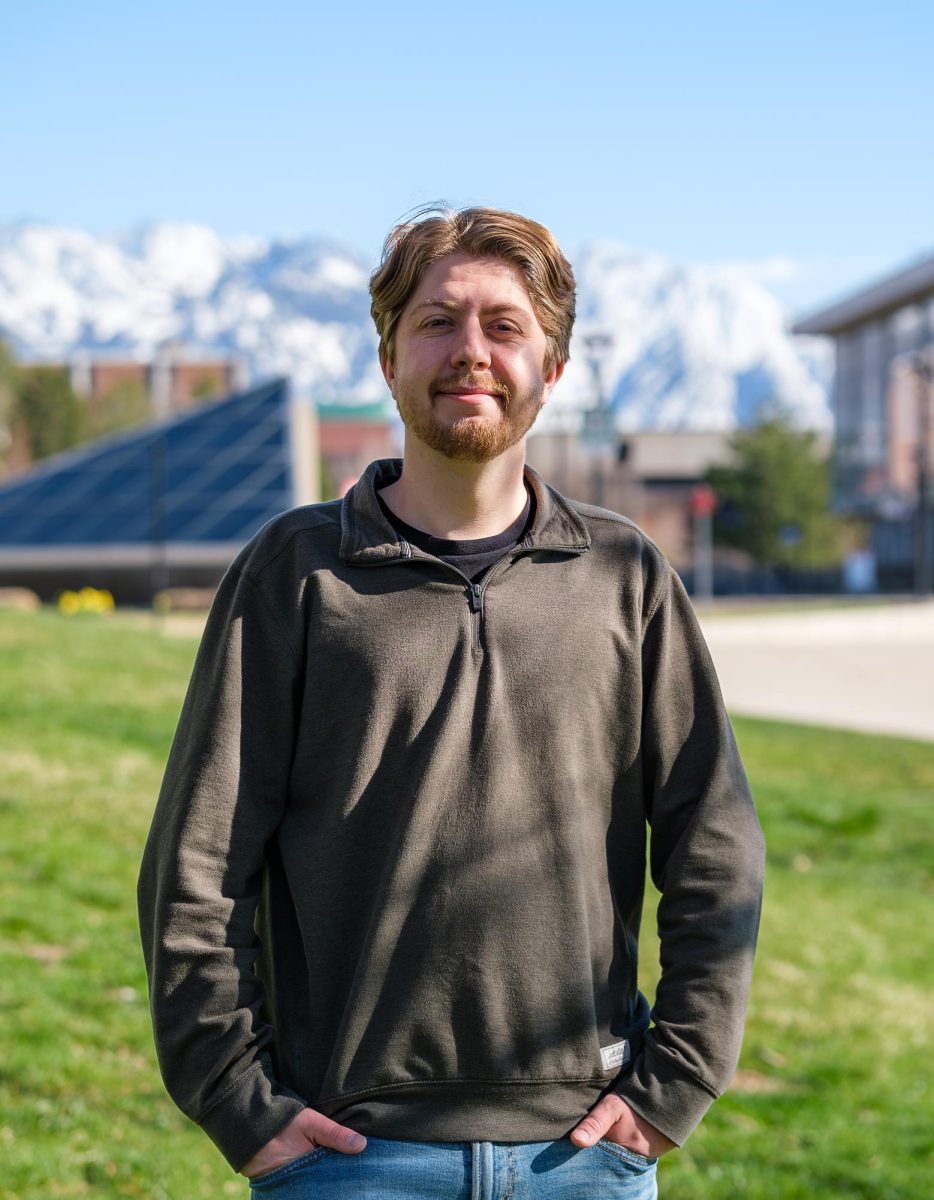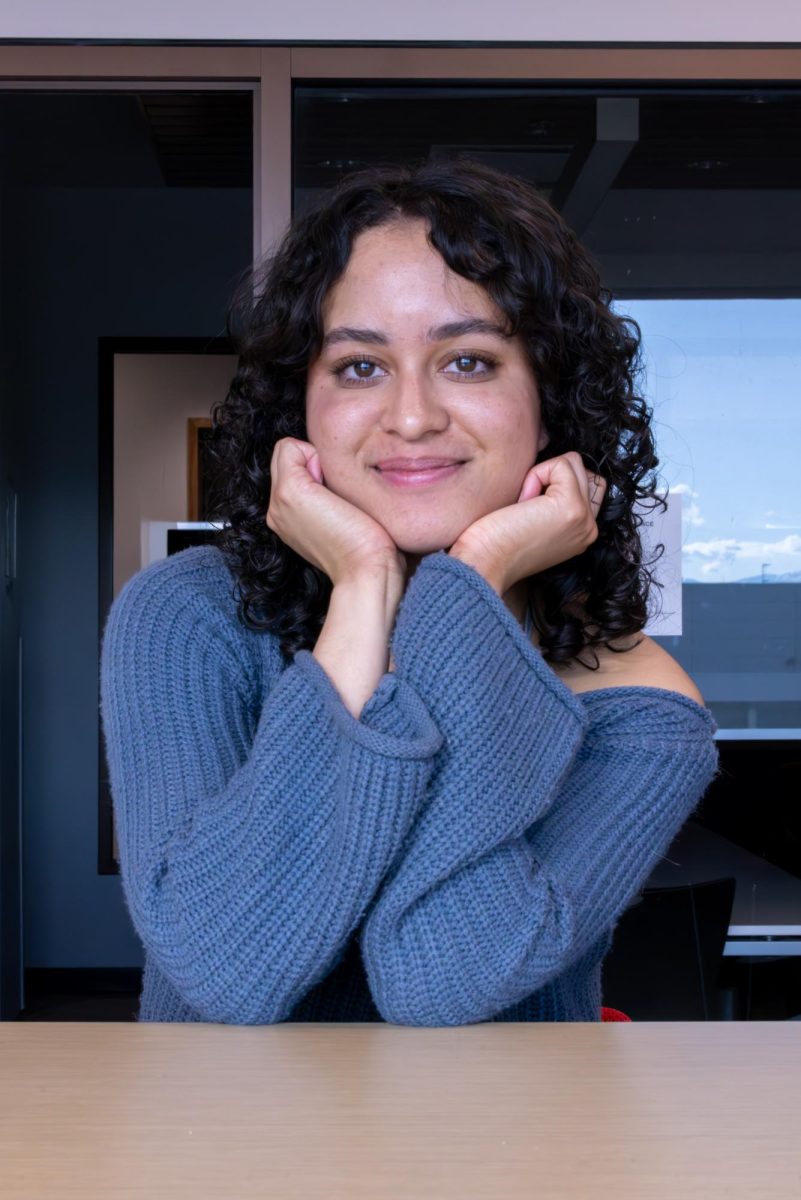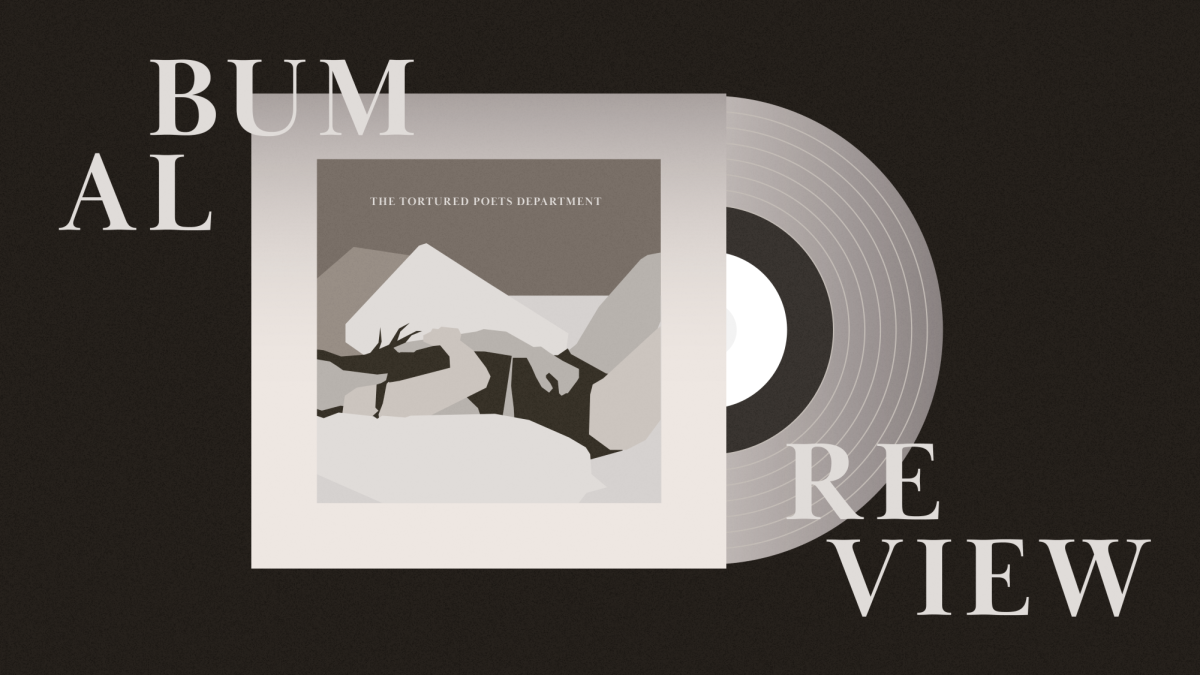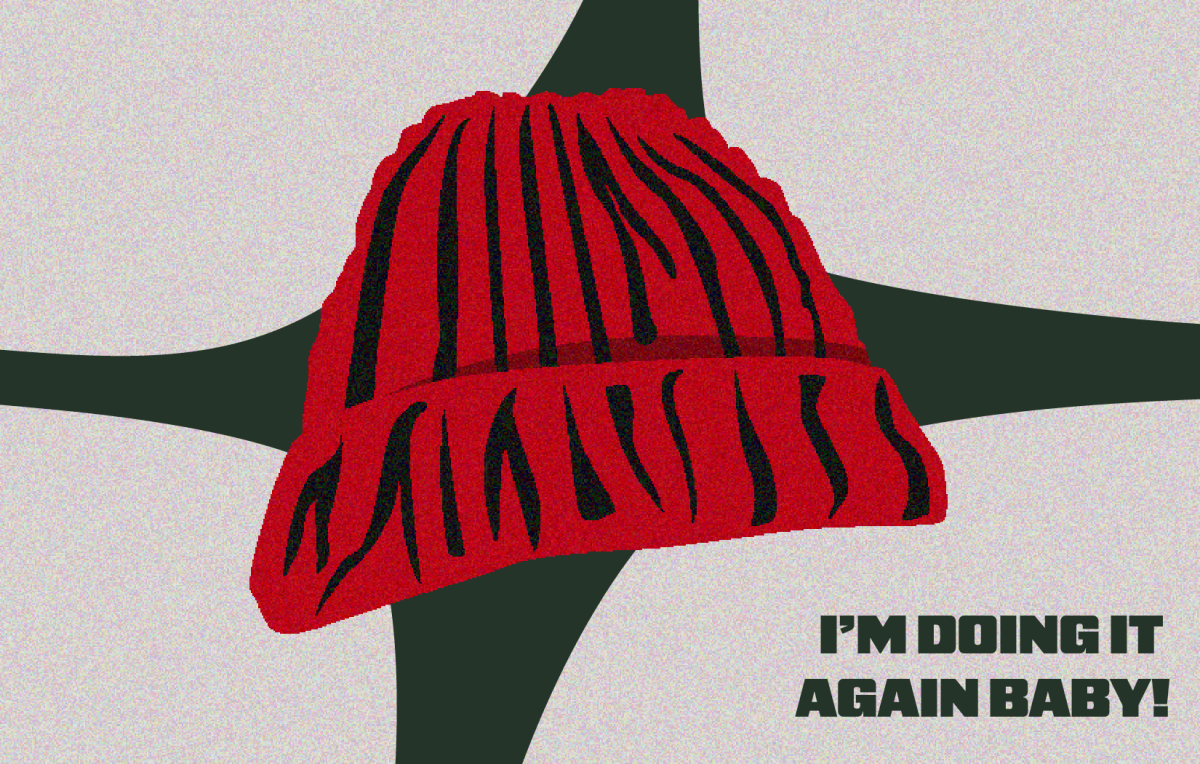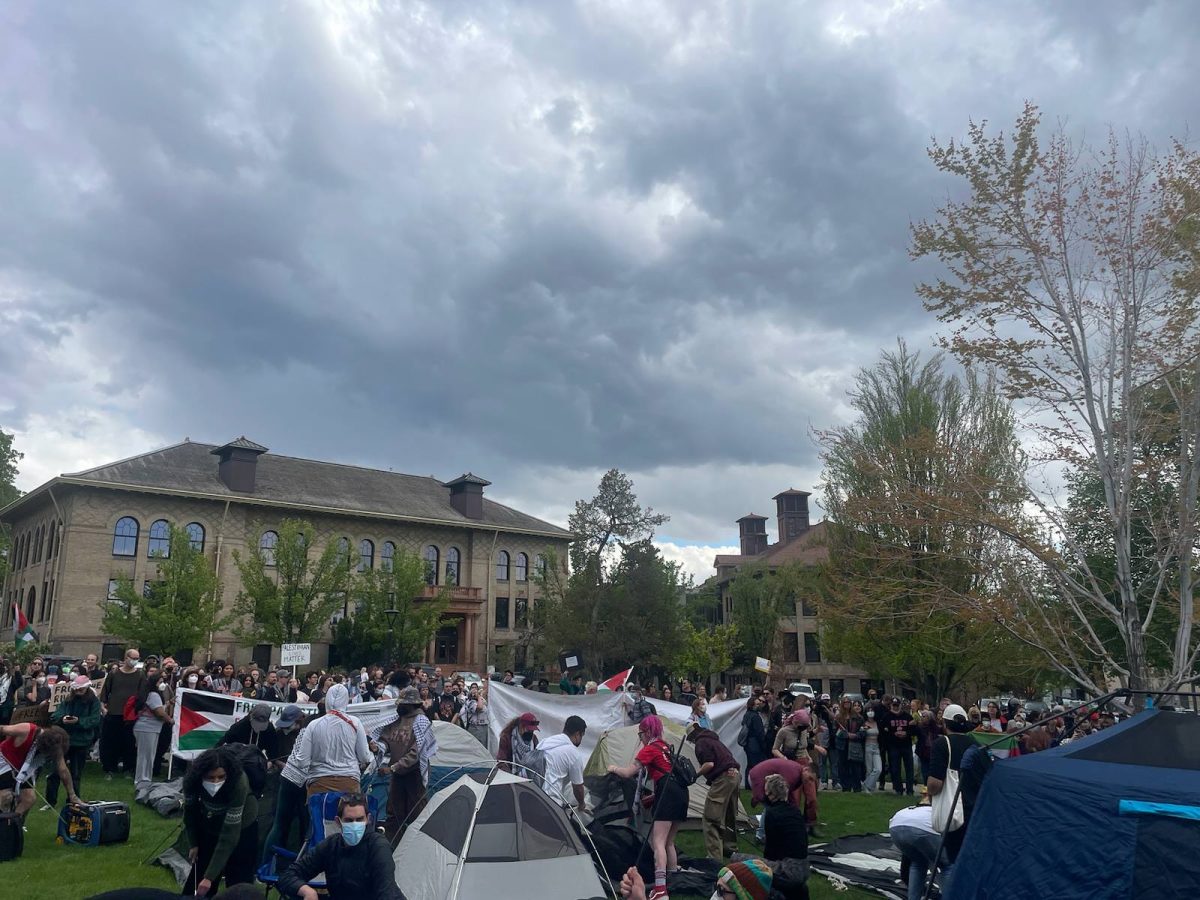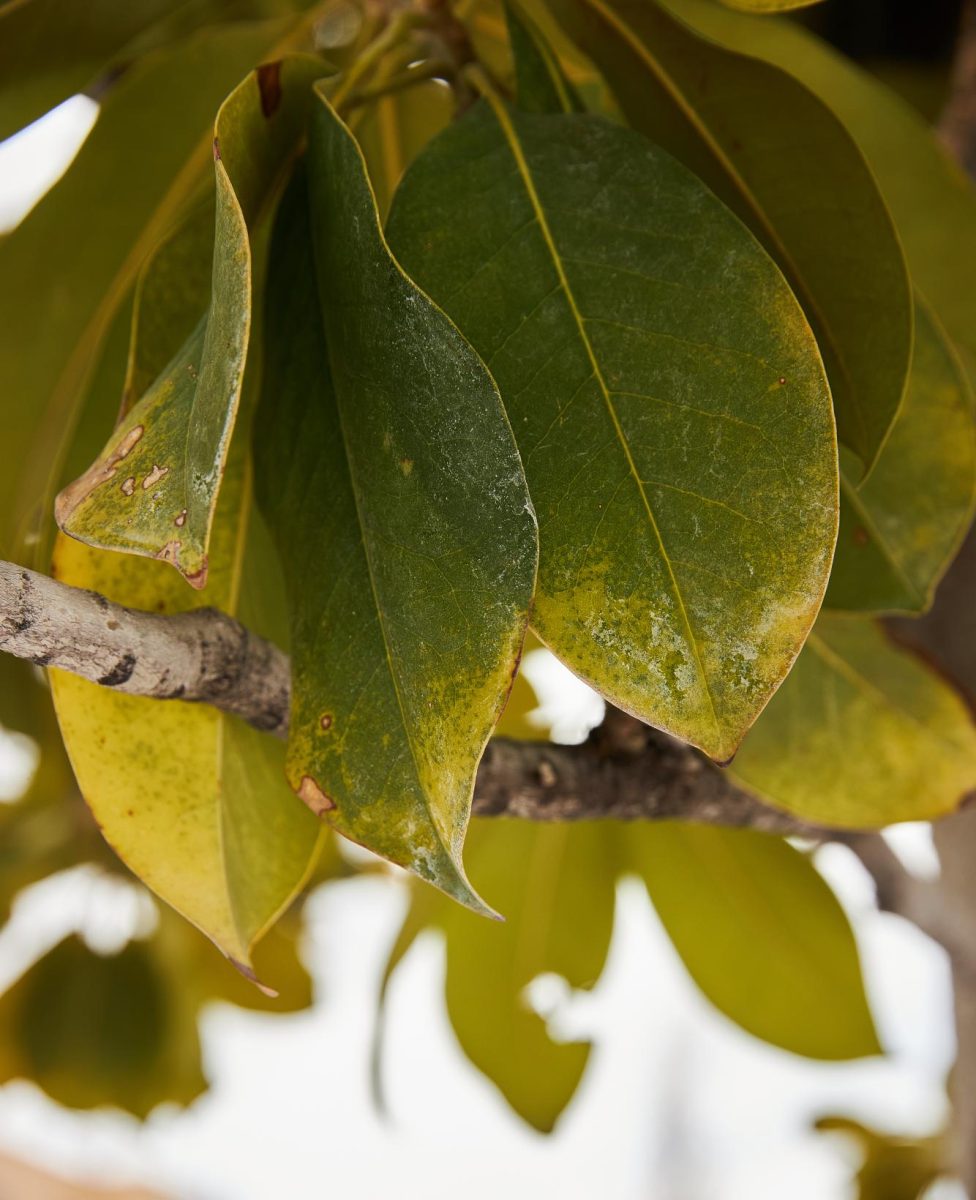The University of Utah is home to a large body of impressive research, from genomic research at the University of Utah Health to research on the link between printmaking and health in the College of Fine Arts. But, the U is home to more than a collection of labs around campus. The entire campus itself is growing an extensive collection of information.
The U is a state arboretum, meaning it’s home to a vast collection of trees that are used for scientific research and preservation. The campus was named a state arboretum in 1961 after Walter P. Cottam, then chairman of the U’s Botany Department, had used the campus for plant research for three decades. Plant research on campus continues today.
Sarah Jack Hinners calls the U campus a “living lab,” which she used herself for over ten years while studying water usage on campus. She’s now the director of conservation and research at Red Butte Garden.
A Tree Museum
“An arboretum is essentially a living tree museum,” Hinners explained. In the same way a museum has a collection of artifacts, an arboretum has a collection of tree species.
“The campus of the University of Utah’s role is to showcase tree diversity in an official way for the state of Utah,” Hinners said.
According to the U’s webpage for Tree Campus USA, a distinguishment given to schools by the Arbor Day Foundation, the U’s main campus is home to over 12,000 trees and 372 different species and varieties of trees.
An interactive, online tour of the campus’s trees is available on the U’s facilities website, but a group of student participants in the U’s Sustainable Campus Initiative Fund also made it possible to engage with the U’s arboretum in person. The 2015 project, called “Discovering Our Campus Arboretum,” updated tree plaques around campus, and included QR codes that passersby can use to learn about the tree in front of them.
The trees on the U’s campus provide many purposes, from beautifying the campus to practicing environmental protection. These trees also serve as a vehicle for important plant research.
Plant Research
Luiza Aparecido, an assistant professor in the School of Biological Sciences, plans on using the U’s biodiverse collection of trees for her coming research.
“This gives us the perfect opportunity to study many tree replicates across various species and focus on understanding how they are responding to various climatic stressors,” Aparecido said.
Aparecido’s work focuses on plants’ responses to climate change, and how they adapt — or don’t — to various stressors. Her coming research will focus on how much heat the leaves of certain trees can tolerate.
“Not all plants respond to environmental stress in the same manner, thus, researching the mechanisms that a wide range of plant species adapt to survive will inform us on the actions required to preserve these plants,” Aparecido said.
In other words, the more we know about what conditions trees can tolerate and grow in, the more we’ll know about how to accommodate them. This means knowing how to preserve them and how to build our urban ecosystems around them.
“Enhancing urban greenery, through urban tree preservation or research of the best species to be landed in our city is really important as it directly impacts our human comfort,” Aparecido said. Urban trees provide a myriad of benefits, from naturally cooling the environment, housing wildlife, reducing noise pollution and improving air quality.
Hinners expressed similar ideas. She explained by observing how all the different species of trees on campus react to environmental changes, like warmer weather, for example, we’ll know what species will most likely do well in future climate conditions. This way, we can most effectively plan to plant more trees.
But research using campus land doesn’t just have to be observational.
“If we, as a university, had specific scientific questions that we wanted to explore with regard to trees, we could plant trees intentionally so that we’re actually able to do more elegantly designed scientific experiments,” Hinners said. This might look like planting the same species of tree in different conditions to see which it grows best in.
Cottam first started using campus land for plant research in 1931. Now, nearly 100 years later, the U’s campus is still being used for all kinds of valuable research.
“There might be experiments going on all around you,” Hinners said.


